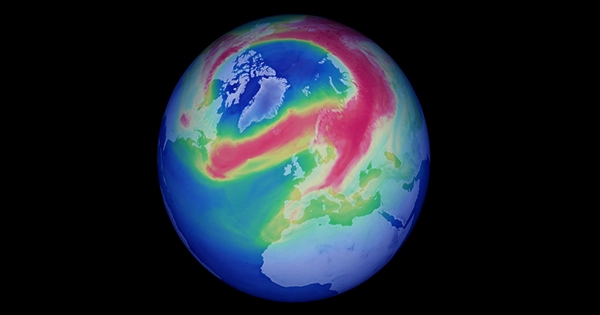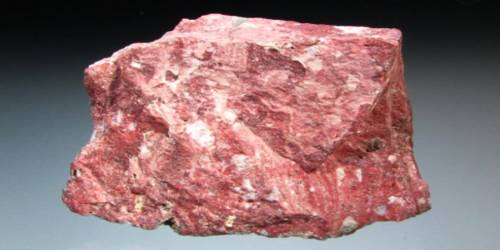The recordings were made by the European Space Agency Copernicus Sentinel-5P satellite on September 16, 2023, as part of the EU’s environmental monitoring program.
According to Claus Zehner, the agency’s mission manager for Copernicus Sentinel-5P, this is one of the largest ozone holes they’ve ever seen. “The satellite measured trace gases in the atmosphere to track ozone and climate change.” It demonstrated that this year’s ozone hole began earlier than usual and had a significant expansion,” Zehner explained. According to experts, the ozone hole is unlikely to boost warming on Antarctica’s surface.
Every year, ozone holes expand and contract. The ozone layer is a trace gas found in the stratosphere, one of the Earth’s four layers of atmosphere.
It acts as a protective gas shield, absorbing ultraviolet light and shielding individuals and ecosystems from harmful levels of UV. Because most skin cancers are caused by excessive UV radiation, anything that protects us from UV rays helps reduce cancer rates.
The magnitude of the ozone hole above Antarctica varies year to year, beginning in August and closing in November or December.

According to Zehner, the ozone hole forms due to the rotation of the Earth, which causes unique winds over Antarctica’s restricted continent. “The winds create a mini-climate, forming a shield over Antarctica that prevents it from mixing with the surrounding air.” “The hole closes when the winds die down,” he explained.
What caused this year’s massive ozone hole?
Scientists assume that the large ozone hole this year was caused by volcanic eruptions at Hunga Tongan Tonga in December 2022 and January 2023.
“Under normal conditions, gas released from a volcanic eruption stays below the level of the stratosphere, but this eruption sent a lot of water vapor into the stratosphere,” he said.
Through chemical processes, the water influenced the ozone layer and altered its heating rate. Other elements that can deplete ozone, such as bromine and iodine, were also present in the water vapor. “There isn’t much evidence the ozone hole is due to humans,” he stated.
Human-caused ozone holes
While this year’s Antarctic ozone hole was most likely caused by a volcanic eruption, scientists became aware in the 1970s that human activities were causing massive ozone gaps.
The holes were discovered using ground and satellite measurements, and they were created by the widespread use of chemicals known as chlorofluorocarbons.
“What was responsible for ozone depletion was not aerosols in aerosol cans, but the propellants we use as gases to propel the solutions inside.” “These gaseous propellants contain chlorine, which is released high in the stratosphere and depletes ozone,” said Jim Haywood, an atmospheric science professor at the University of Exeter in the United Kingdom.
The world acted rapidly after scientists raised the alarm about ozone holes. The Montreal Protocol was established in 1987 to protect the ozone layer by phasing out the production of these hazardous compounds.
The good news is that the protocol worked — ozone holes shrank in the decades after ozone-depleting gas emissions were reduced.
Is climate change reopening ozone holes?
Scientists believe that ozone depletion is not the primary cause of global warming.
However, Haywood believes that rising global temperatures are having an effect on ozone holes. “Our mitigation of the ozone hole was working well since the 1980s, but in 2020 we were taken by surprise when the 2020 ozone hole was very deep and long-lasting,” he told The Daily Beast.
The same may be said for 2021. According to research, the big ozone hole in 2020 was caused by wildfires in southeastern Australia that year.
Haywood claims that as the climate problem worsens and the Earth continues to warm, fires will become more common and more deadly around the world.
“This year has been an incredibly bad year for boreal fires in the Northern Hemisphere.” If this continues, more smoke will be injected into the stratosphere, and ozone depletion may return,” Haywood explained.
It’s less apparent how ozone gaps affect the Earth’s temperature. According to certain statistics, ozone holes actually contribute to cooling by reducing the greenhouse gas effect.
However, Haywood claims that there is evidence that ozone holes alter the seasonal cycle.
“Ozone depletion makes it more difficult to repair the hole.” This implies you’ll get a lengthier, more drawn-out polar vortex, which means winter will stay a little longer,” he explained.
















